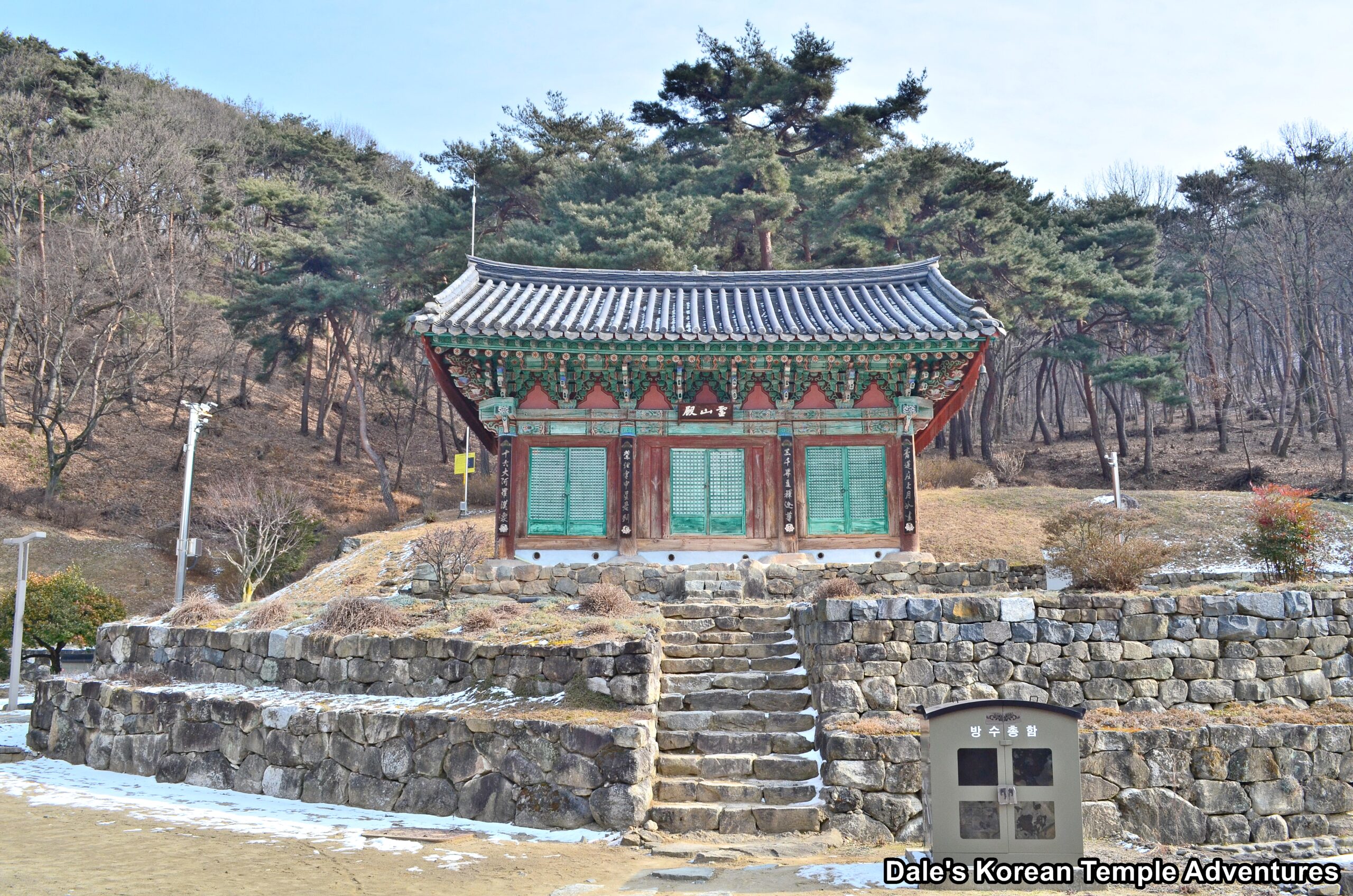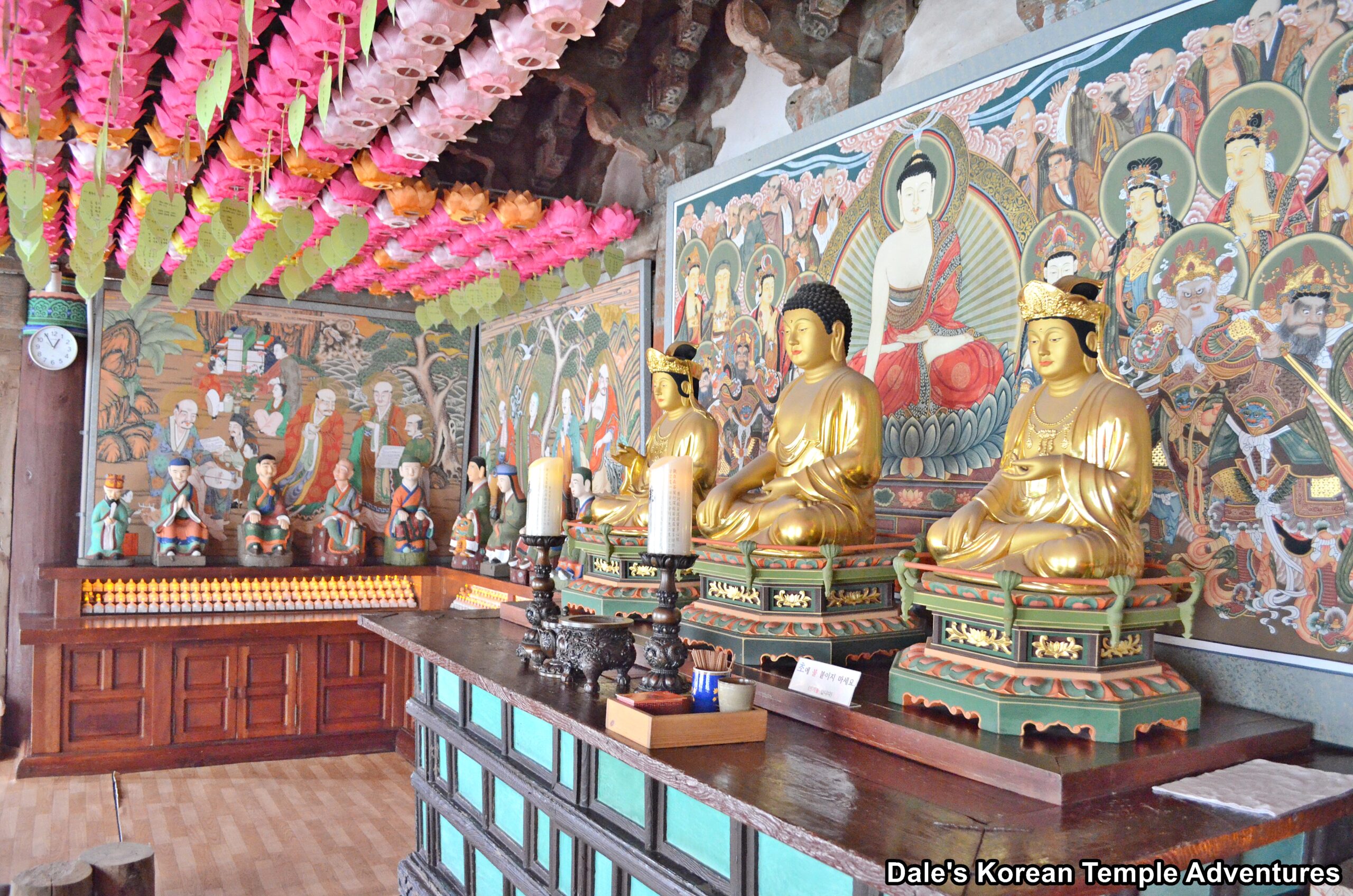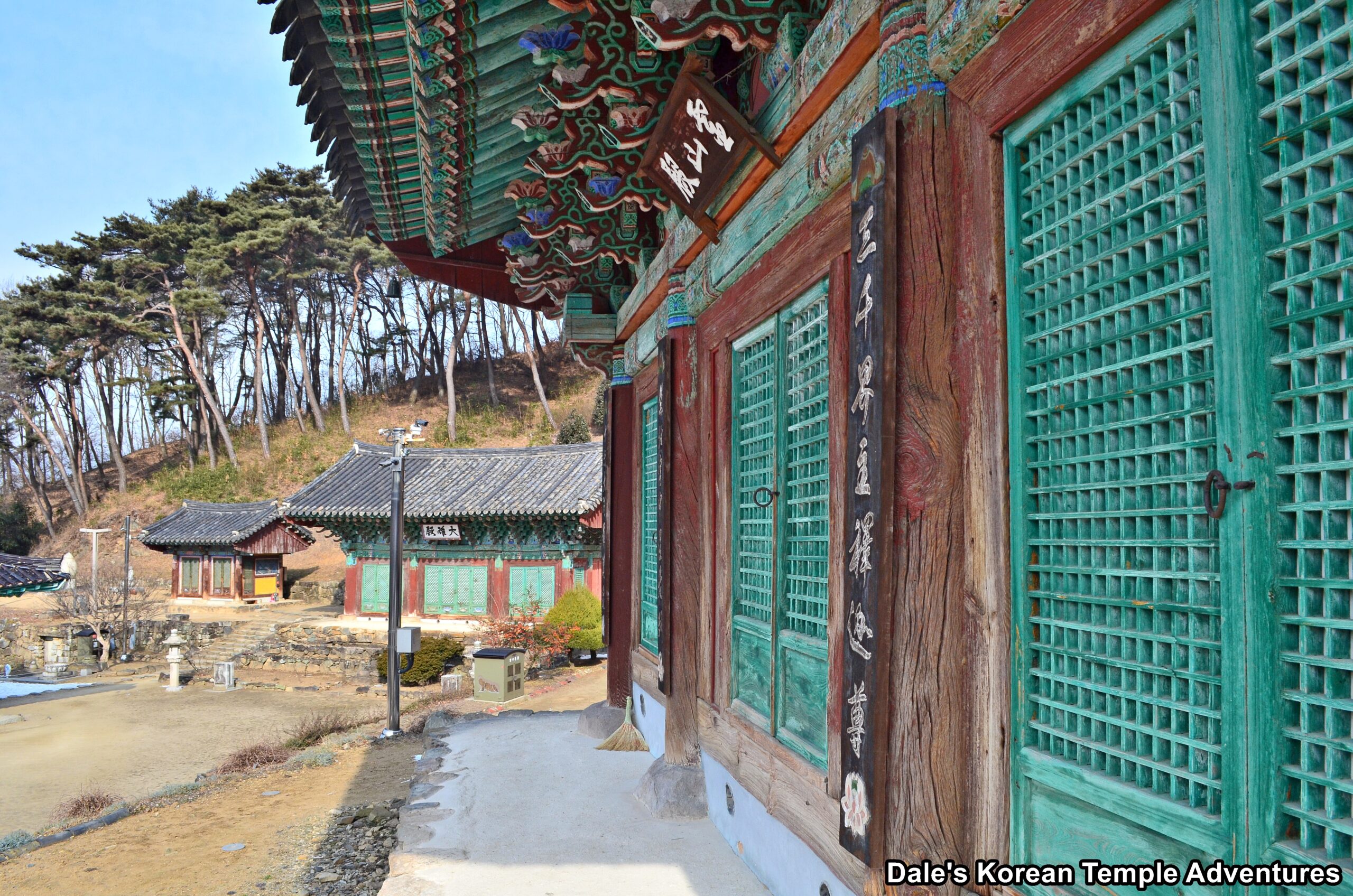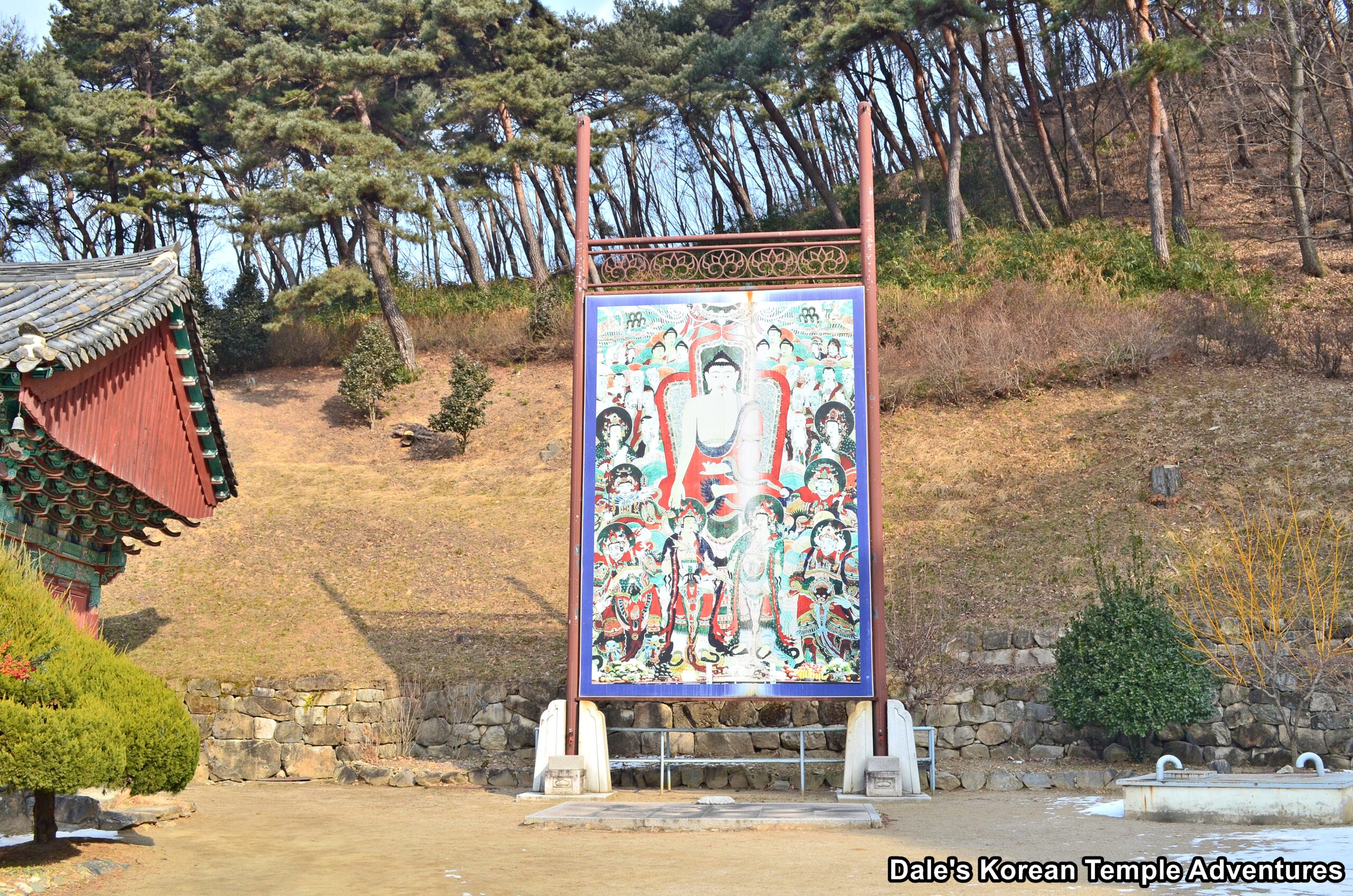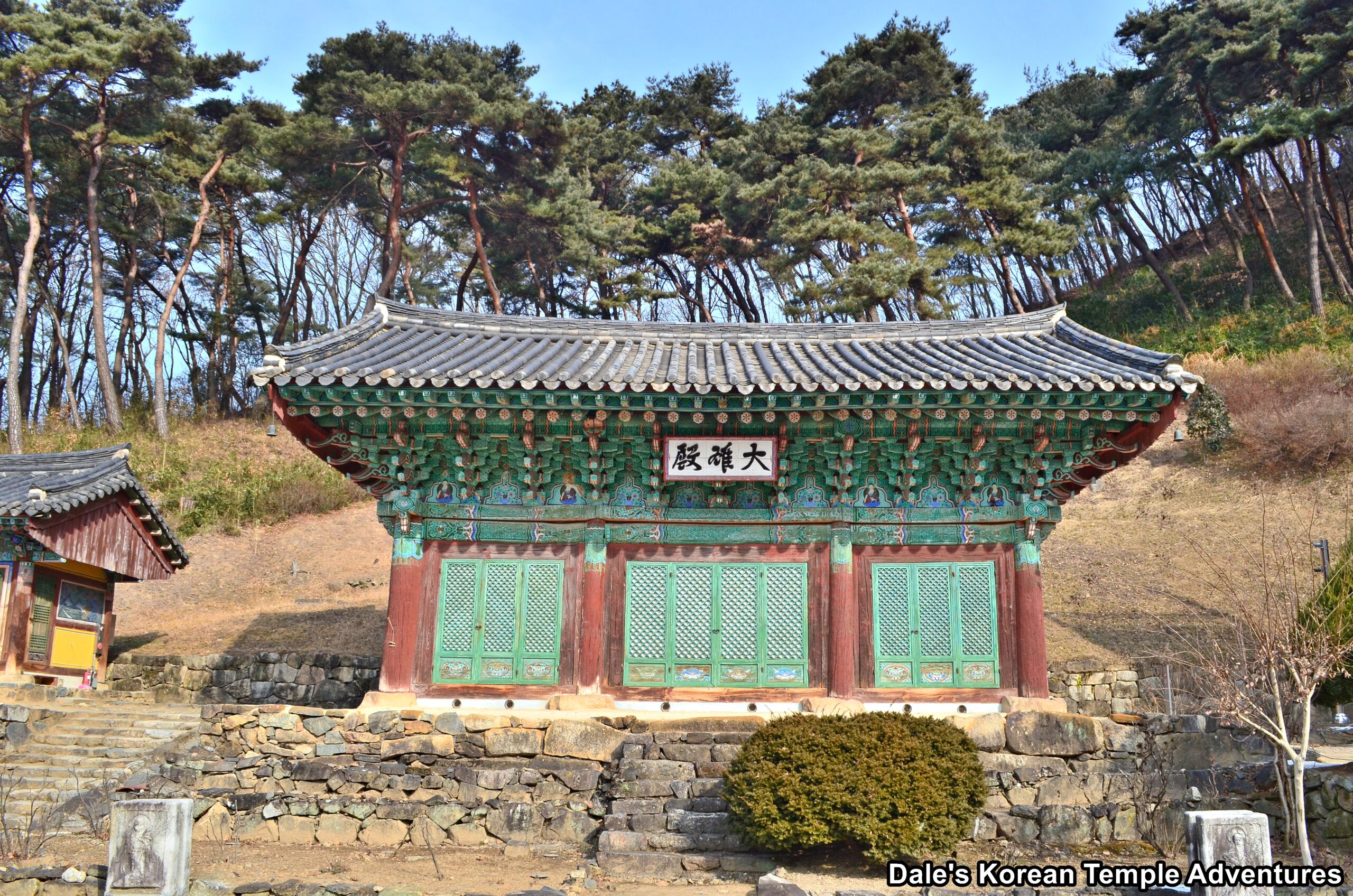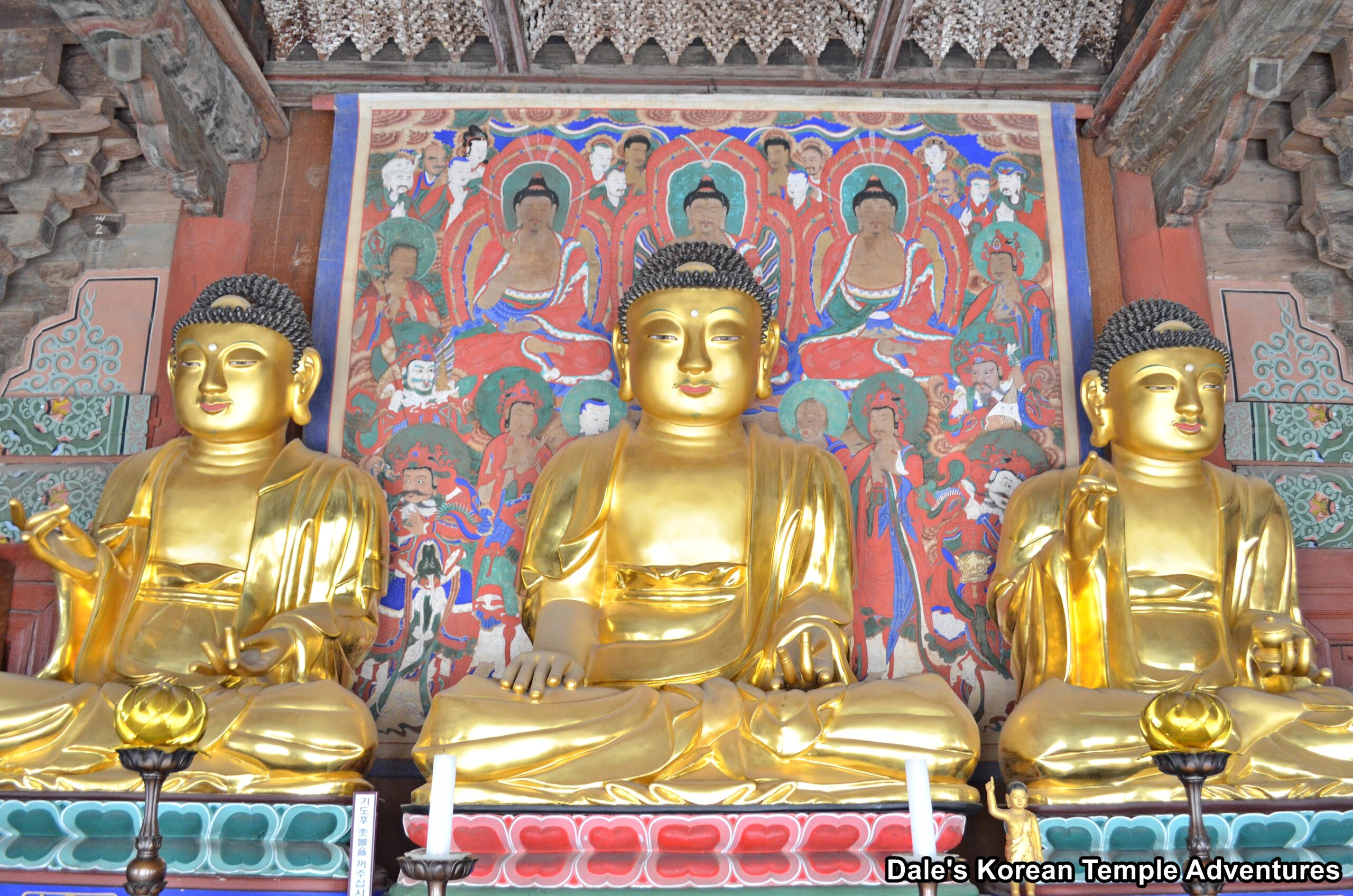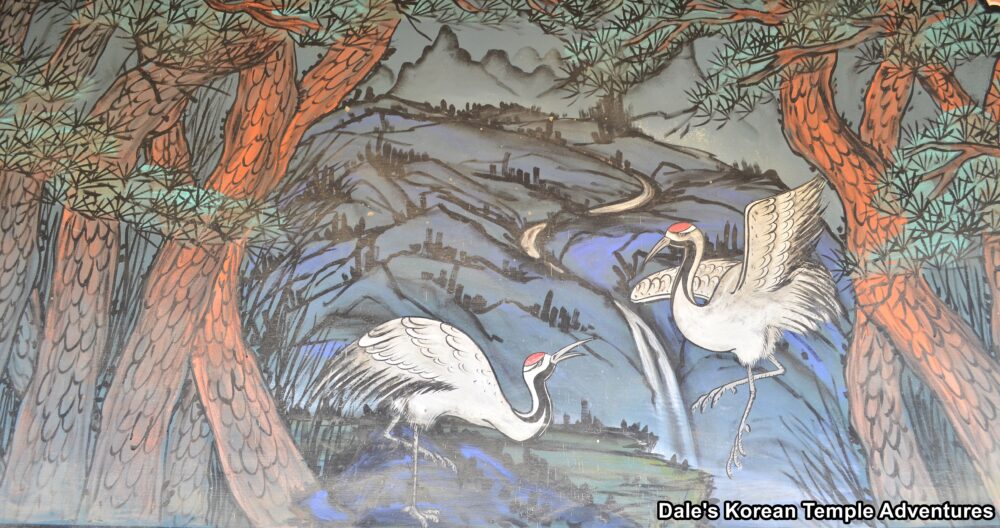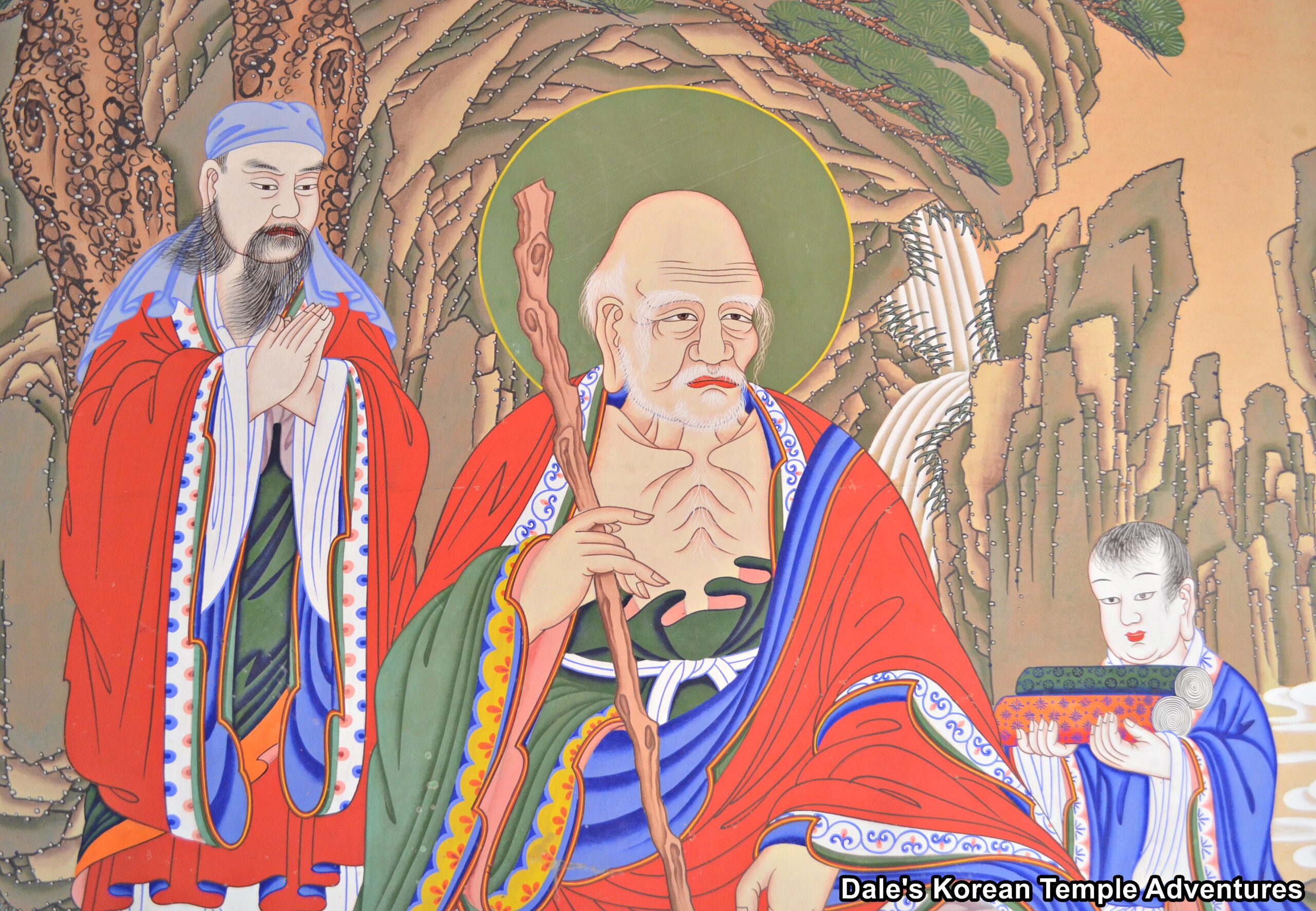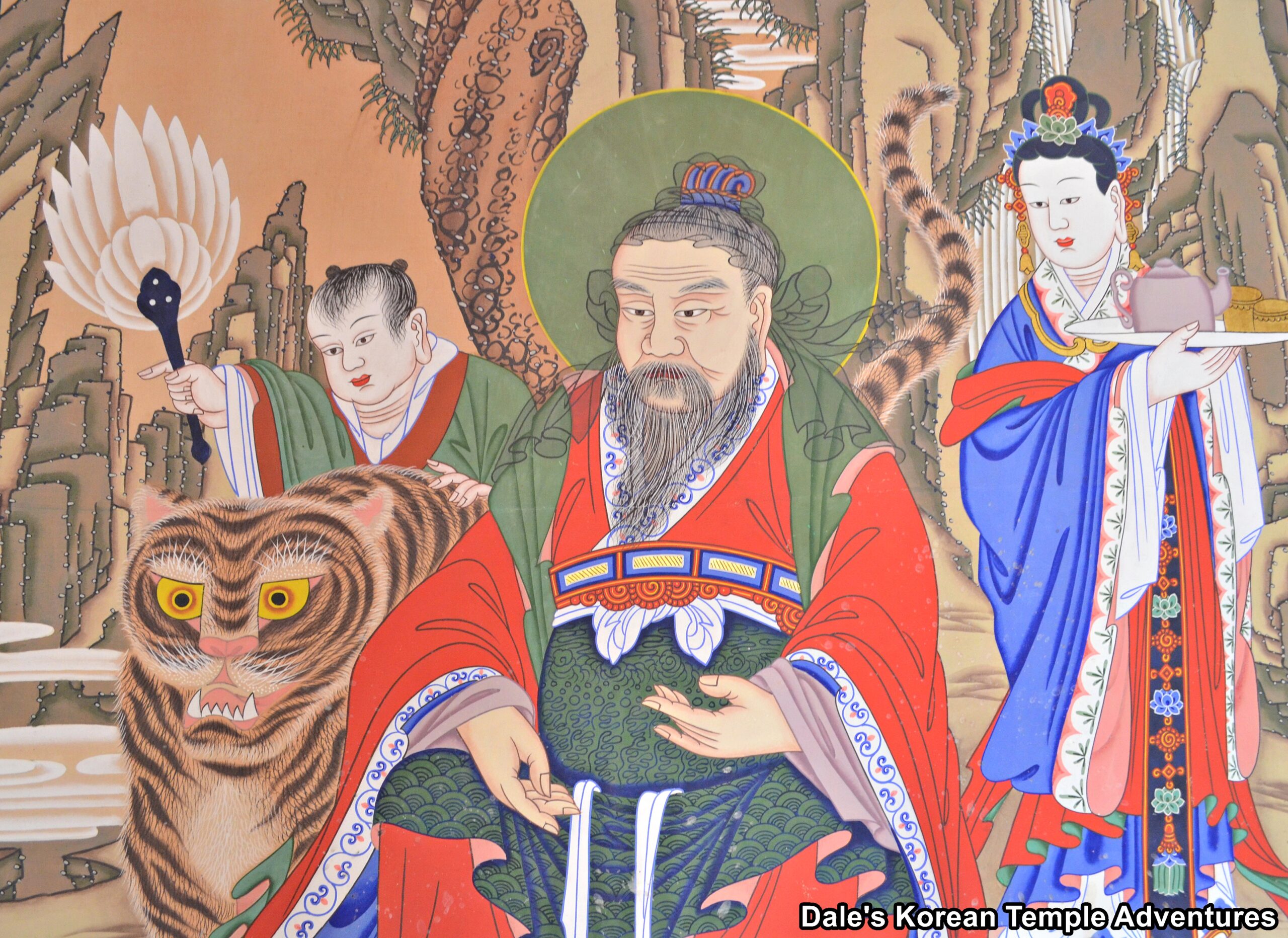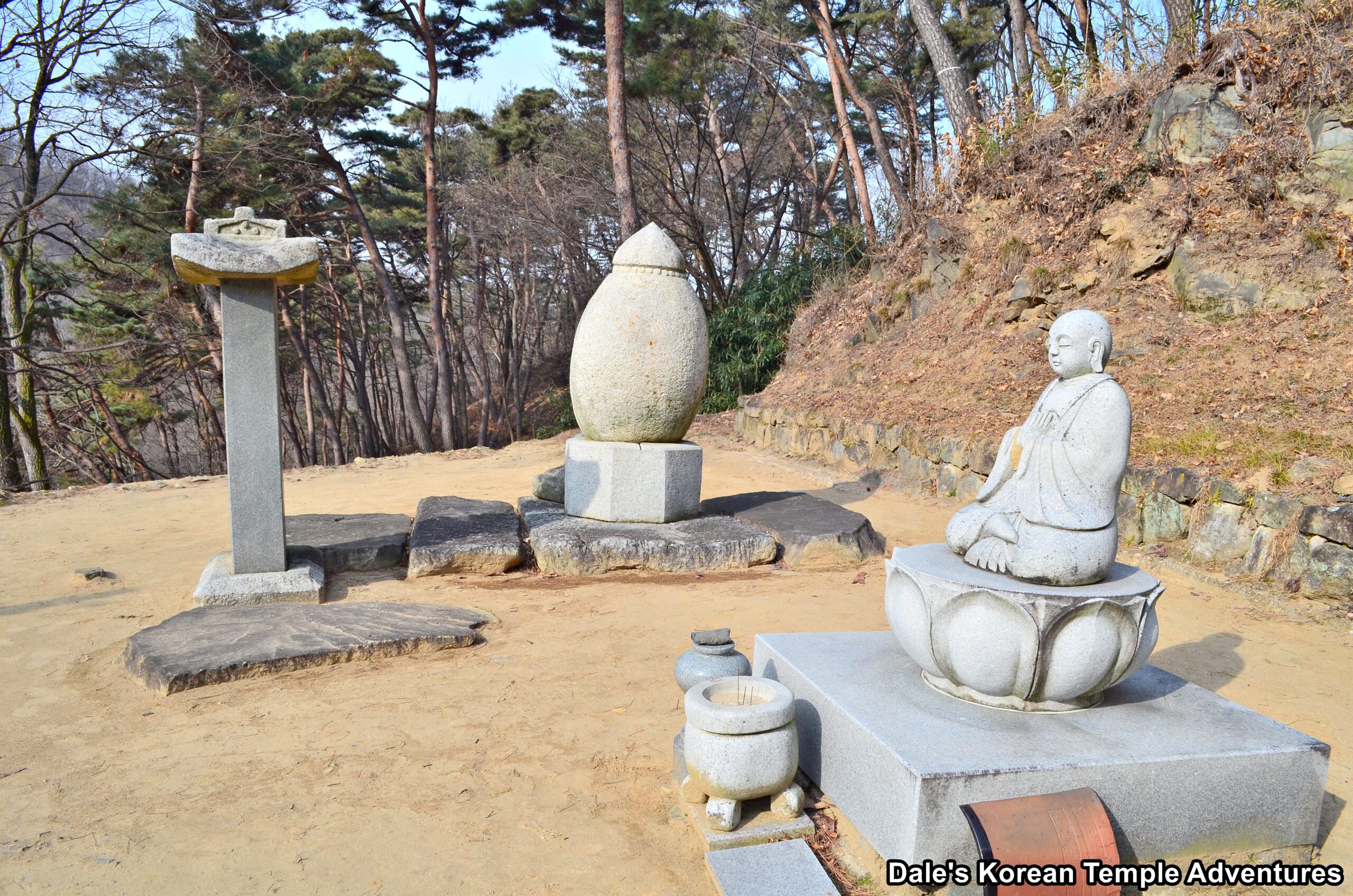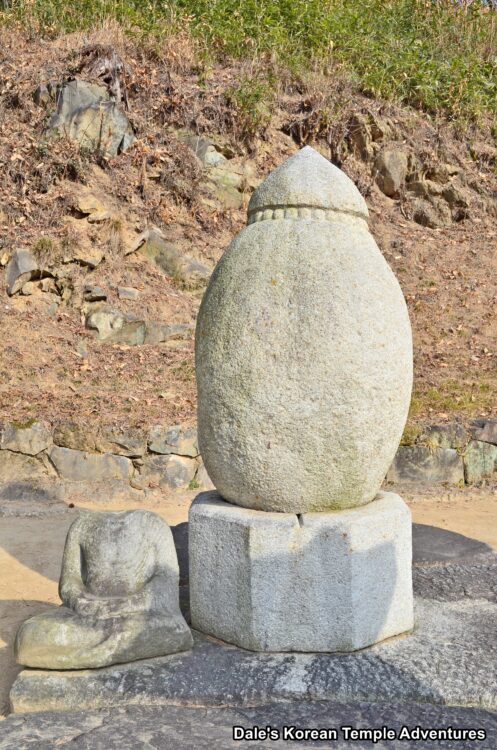Ansimsa Temple – 안심사 (Cheongju, Chungcheongbuk-do)
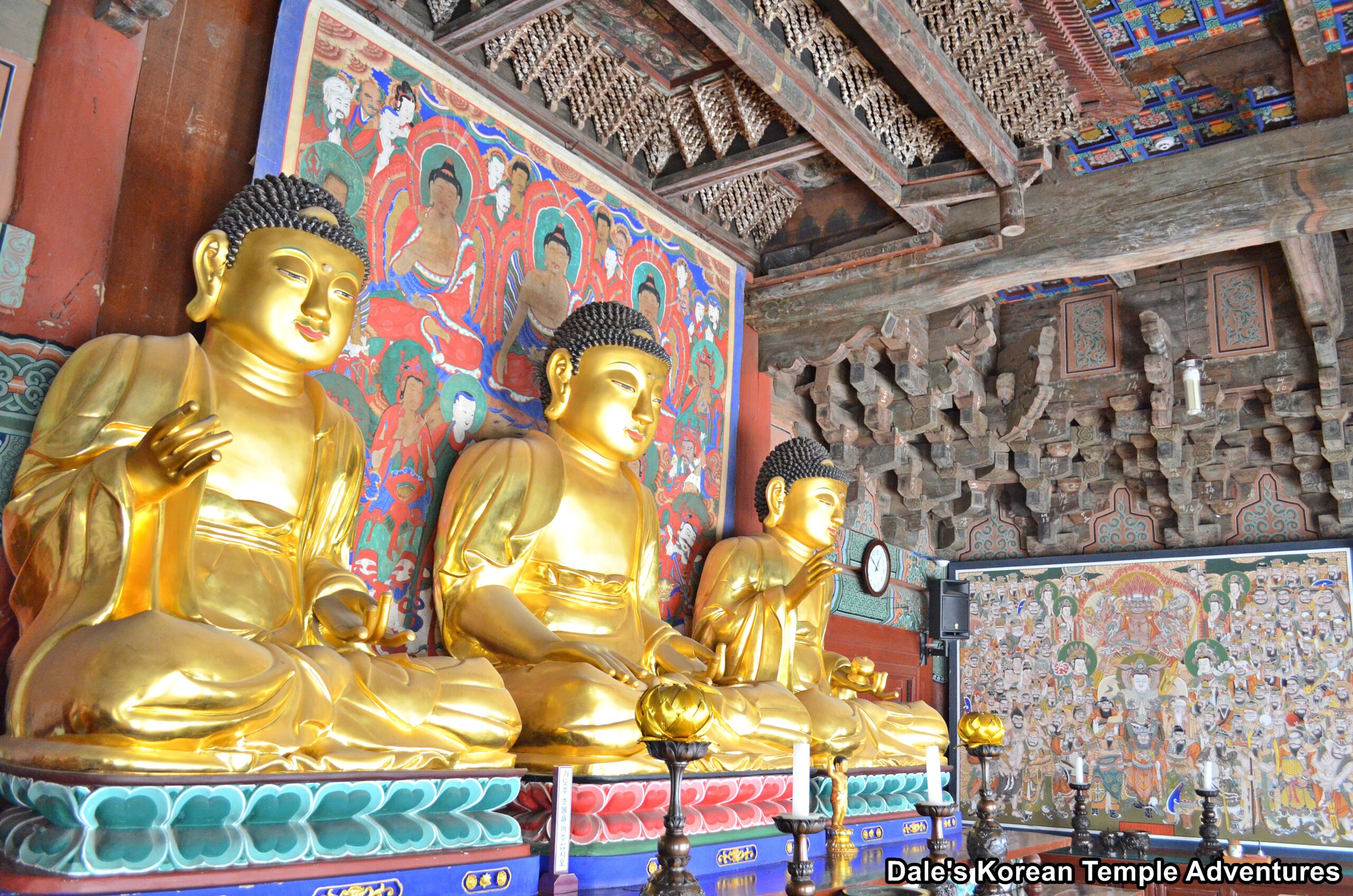
Temple History
Ansimsa Temple is located in southwestern Cheongju in Chungcheongbuk-do. Ansimsa Temple means “Peaceful State of Mind Temple” in English. It’s unclear when this temple was first founded; however, in 775 A.D. the temple changed its name to Ansimsa Temple after the monk Jinpyo-yulsa taught his students here peacefully. This is the same Jinpyo-yulsa that would go on to first build the famed Geumsansa Temple in Gimje, Jeollabuk-do.
Later, Ansimsa Temple was rebuilt in 1325 by Wonmyeong-guksa. And it was repaired in 1626 by the monk Songam-daesa. Ansimsa Temple was damaged during the Imjin War in 1592. Later, in 1672, the Daeung-jeon Hall that now currently stands on the temple grounds was rebuilt. And it’s from this time period that Ansimsa Temple continued to grow and expand including the construction of the Biro-jeon Hall in 1842.
Ansimsa Temple is home to one National Treasure and one Korean Treasure. The National Treasure is Hanging Painting of Ansimsa Temple (The Vulture Peak Assembly), while the Korean Treasure is the Daeungjeon Hall of Ansimsa Temple.
Temple Layout
As you first make your way towards the main temple courtyard at Ansimsa Temple and pass by the temple parking lot to your right, you’ll notice that the pathway forks to the left and the right. The pathway that leads to the right has a cluster of three buildings. These are the nuns’ dorms and meditative centre. You’ll want to head to the left, where you’ll find the temple shrine halls.
Having turned left, you’ll notice the Daeung-jeon Hall straight ahead of you. But the nearest temple shrine hall is to your immediate right. This is the Nahan-jeon Hall. This building was formerly the Biro-jeon Hall that housed an image of Birojana-bul (The Buddha of Cosmic Energy). It was first constructed in 1613, and it was later rebuilt in 1842. More recently, it was converted into a Nahan-jeon Hall. Housed inside this slightly elevated shrine hall are a triad of statues on the main altar that is centred by Seokgamoni-bul (The Historical Buddha). The main altar images are joined by sixteen Nahan (The Historical Disciples of the Buddha) statues. These sixteen statues are backed by five elaborate paintings of the Nahan. Also hanging on the far left wall is a beautiful Shinjung Taenghwa (Guardian Mural).
Now, looking back towards the Daeung-jeon Hall, you’ll notice a visitors’ centre to your left. Stepping closer to the Daeung-jeon Hall, you’ll now see a replica of the Hanging Painting of Ansimsa Temple (The Vulture Peak Assembly) hanging to the right of the main hall in the open courtyard. This large hanging painting is known as a “gwaebul” in Korean. It is typically hung during special sermons or ceremonies. The Hanging Painting of Ansimsa Temple (The Vulture Peak Assembly) was first produced in 1652, and it stands 7.26 metre in height and 4.72 metres in width. As for the painting itself, it depicts the Vulture Peak Assembly, or “Yeongsang Hoesangdo” in Korean. The central image in the painting is that of Seokgamoni-bul (The Historical Buddha), who is joined by various Bodhisattvas and the Four Heavenly Kings in the painting. The Hanging Painting of Ansimsa Temple (The Vulture Peak Assembly) is National Treasure #297.
As for the Daeung-jeon Hall, it was first constructed in 1672. And since then, the main hall has undergone numerous renovations and repairs. The exterior walls to the Daeung-jeon Hall are adorned with simple dancheong colours. Stepping inside the Daeung-jeon Hall, you’ll find a triad of stout statues. The central image is dedicated to Seokgamoni-bul (The Historical Buddha). Of note, the painting backing these three main altar statues was made in 1652. This main altar painting is Tangible Cultural Asset #51 of Chungcheongbuk-do Province. The ceilings are filled with beautiful wooden brackets that help support the weight of the main hall’s roof. And to the right of the main altar is a beautiful new Shinjung Taenghwa (Guardian Mural).
The final shrine hall that visitors can explore at Ansimsa Temple is the Samseong-gak Hall to the left of the Daeung-jeon Hall. The left exterior wall is occupied by a beautiful white crane mural. Stepping inside the shaman shrine hall, and you’ll find a triad of paintings hung across the main altar. The central image is dedicated to Chilseong (The Seven Stars). And to the left and right hang murals dedicated to Dokseong (The Lonely Saint) and Sanshin (The Mountain Spirit). All three are recent compositions and are equally excellent in execution.
And to the left of the Samseong-gak Hall, in a clearing, you’ll find the Sakyamuni Stupa of Ansimsa Temple. This bell-shaped stupa is believed to contain the remains of the Buddha, Seokgamoni-bul. According to a local legend, the remains of the Buddha were enshrined in Ansimsa Temple in 775 A.D., when the monk Jinpyo founded the temple during the Silla Dynasty (57 B.C. – 935 A.D.). The inscription on the stele next to the stupa, however, indicates that the original stupa was lost for a long time before it was found on Mt. Guryongsan in the late Joseon Dynasty (1392-1910). The stupa was then moved to its present location in 1900. The stupa stands two metres in height.
How To Get There
The easiest and simplest way to get to Ansimsa Temple is by taxi; otherwise, you’d need to take two buses that take over two hours to get to the temple. By taxi, and from the Cheongju Intercity Bus Terminal, you’ll need to grab a taxi. The taxi will take 20 minutes, or 10.1 km, and it’ll cost you about 10,000 won (one way).
Overall Rating: 7/10
Outside Chungcheongbuk-do, Ansimsa Temple perhaps isn’t the best known Korean Buddhist temple. However, with that being said, there certainly is enough to keep a temple lovers attention starting with the Hanging Painting of Ansimsa Temple (The Vulture Peak Assembly) and continuing on with the Daeung-jeon Hall and the Sakyamuni Stupa of Ansimsa Temple. Overall, Ansimsa Temple produces a tranquil experience for all that visit its temple grounds.
